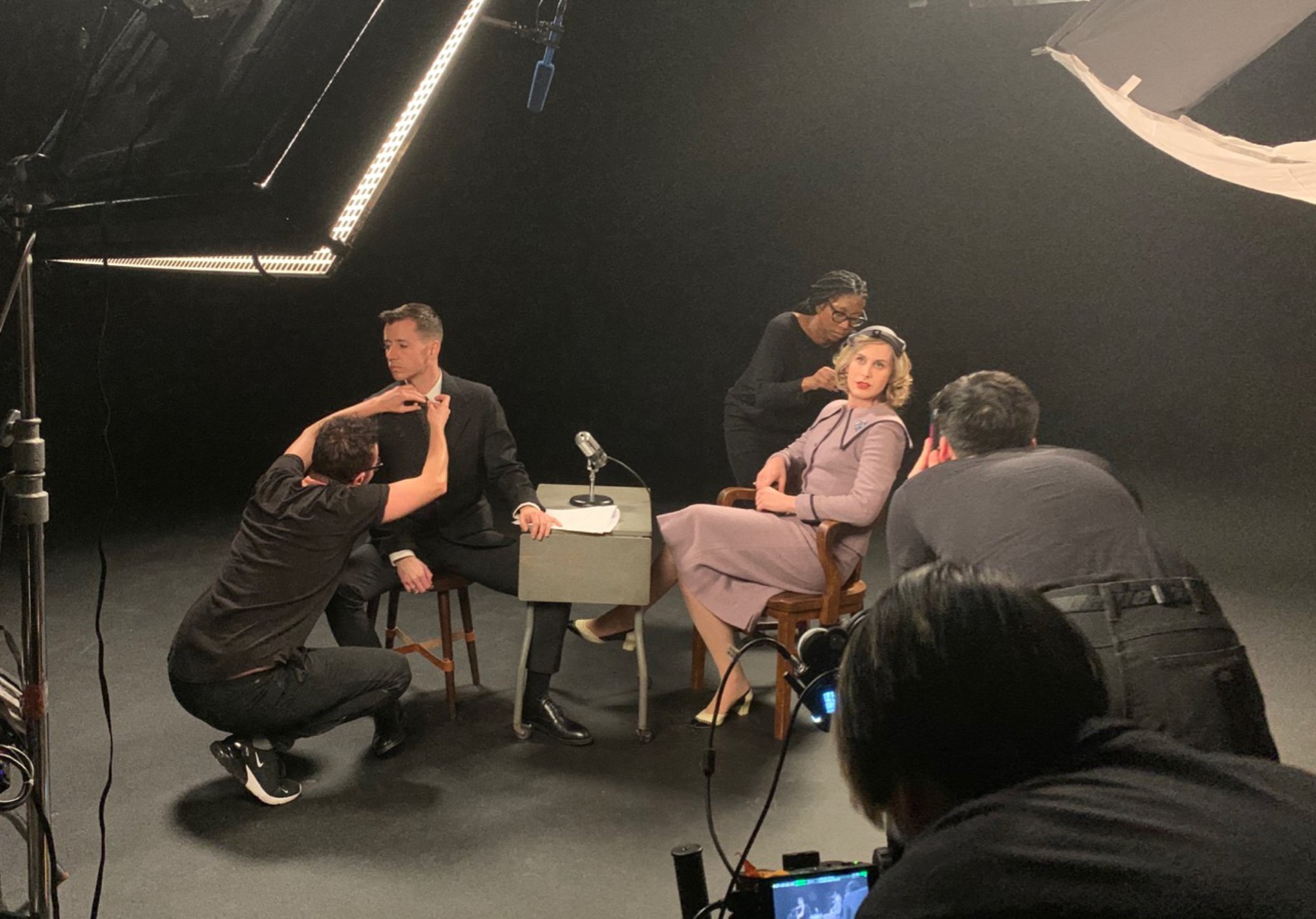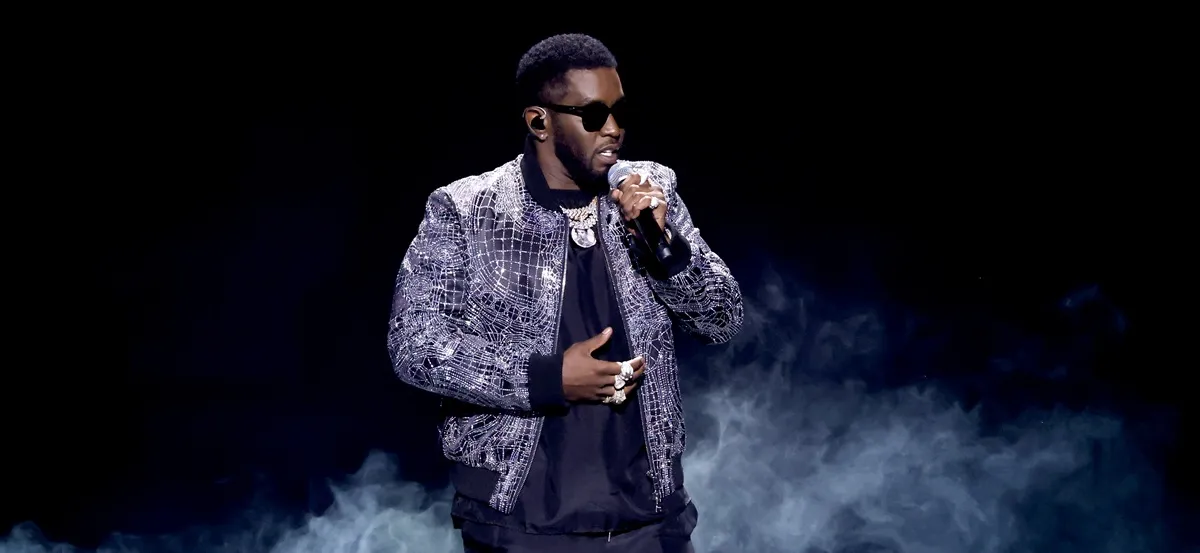‘Framing Agnes’ Movie Review [Sundance 2022]: Opening the Book on Transgender Visibility
Framing Agnes is deeply introspective, insightful, and intellectually stimulating. Director Chase Joynt breathes life into previously unheard transgender voices that deserve to be heard. However, he structures these stories in a way that intends to educate and inspire, as well as to ponder. Framing Agnes is essential LGBTQ documentary viewing in its exploration of trans storytelling.
‘Framing Agnes’ speaks on transgender identity in the past and the present

Joynt takes audiences on a cinematic journey that blends fiction and nonfiction. He follows archival data found on Agnes, the pioneering trans woman who participated in Harold Garfinkel’s gender health research at UCLA in the 1960s. The life stories of several trans folks speak on the history and present state of gender identity.
Framing Agnes takes on a talk show format that introduces trans stars. Zackary Drucker, Angelica Ross, Jen Richards, Max Wolf Valerio, Silas Howard, and Stephen Ira bring these stories to life through reenactments. Meanwhile, they connect with the material through a present-day lens through their own experiences.
Director Chase Joynt acts as education and historical preservation
Joynt establishes a sense of character in various ways. This process is visible as he works with his co-stars to bring these stories to life. As a result, the UCLA archives themselves are a character, having an immense impact on the past and present. There’s something particularly humbling about hearing these perspectives on life.
Framing Agnes seeks to break boundaries, assumptions, and stereotypes around trans stories. Historian Jules Gill-Peterson offers a unique angle that is equal parts educational and philosophical. She demystifies much of what makes such legendary figures so inaccessible. As a result, Gill-Peterson generates real conversation that’s consistently thought-provoking and invigorating.
Joynt’s documentary tackles a wide variety of issues that continue to impact trans folks over the decades. He explores the advantages and hardships of trans visibility, what it means to be generationally “passing,” gendered work, and relation to the LGBTQ community. Much of this is within the context of how the media represents trans folks, but also how self-identified individuals view their own journeys.
‘Framing Agnes’ amplifies transgender voices of the past, rather than replaces them

Framing Agnes is a beautiful amplification of trans voices. They are explored through an inventive talk show format and interviews that simultaneously hold personal meaning to Joynt regarding the dissemination of gender conversations in the media. Framing Agnes generates a unique format that remains emotionally investing.
Perhaps the most impressive quality of Framing Agnes is its ability to question itself. It speaks of people like Agnes as icons, but is it dangerous to treat anyone under such a title? How do these stories resonate in the real world? What does it mean when people pull what they want out of someone’s history that may not be representative or true? Framing Agnes asks a lot of questions. Some may never have answers, but they are pivotal to examining stories of the past to make sense of the present.
Joynt marvelously weaves the past and the present into a documentary that is academically enthralling and emotionally engrossing. Framing Agnes preserves voices that went unheard for far too long. This documentary is at its most fascinating as it examines the ebb and flow of trans visibility through the context of time. Framing Agnes is all about claiming power over one’s narrative and Joynt examines that subject successfully.


